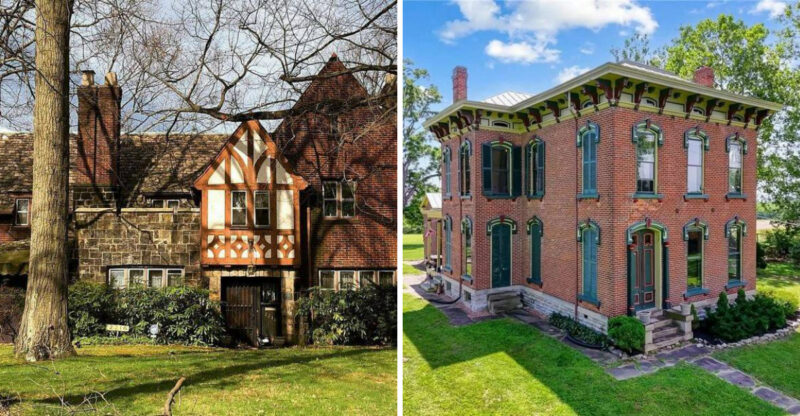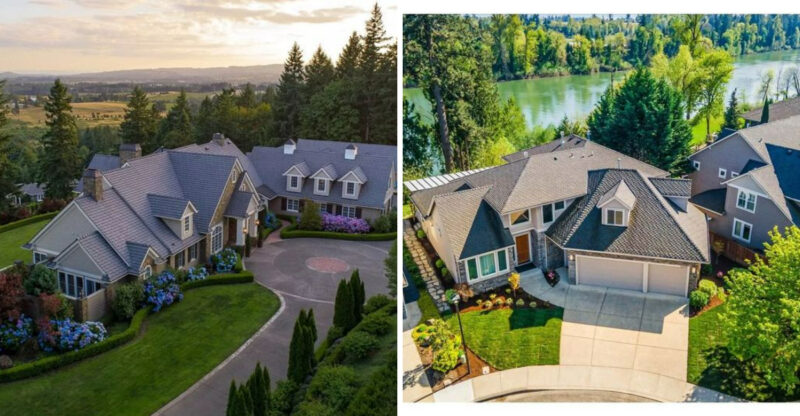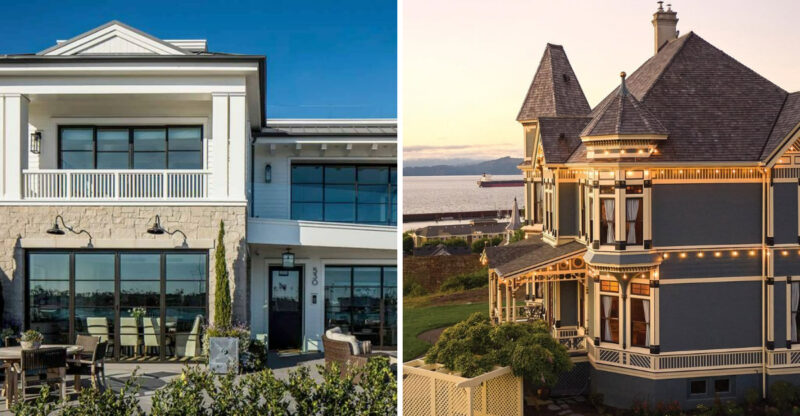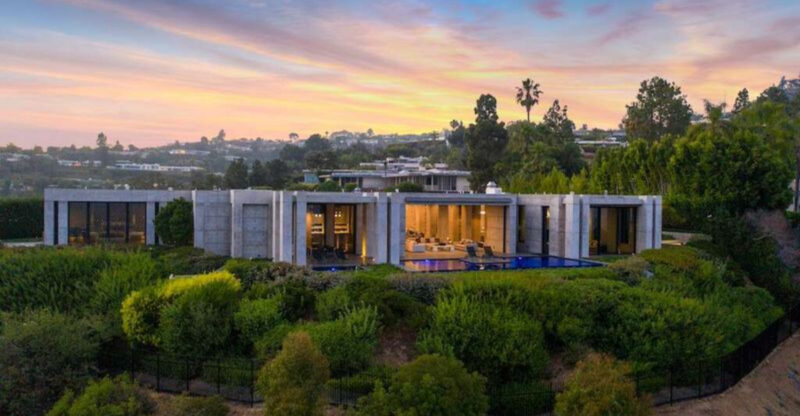Types Of Homes In Texas And Arizona That Could See Shifts In Value
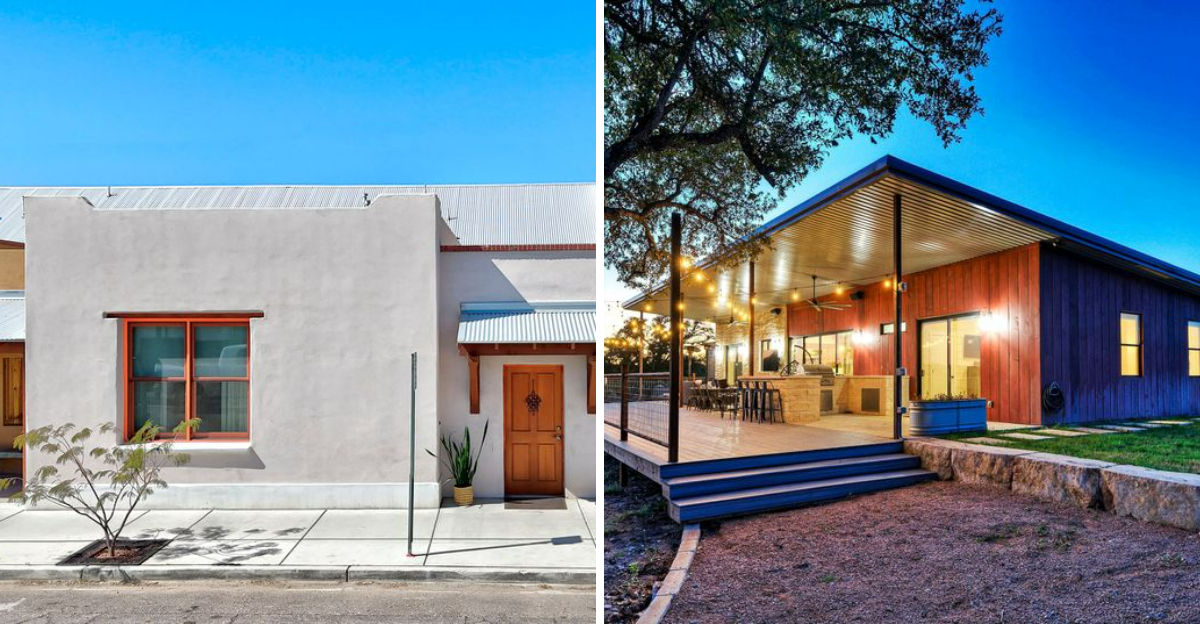
The housing markets in Texas and Arizona are experiencing notable changes due to shifting demographics, climate concerns, and economic factors. As a homeowner or potential buyer in these states, understanding which properties might gain or lose value can help you make smarter decisions.
Let’s look at eight types of homes across these southwestern states that real estate experts believe could see significant price changes in the coming years.
1. Luxury Desert Retreats
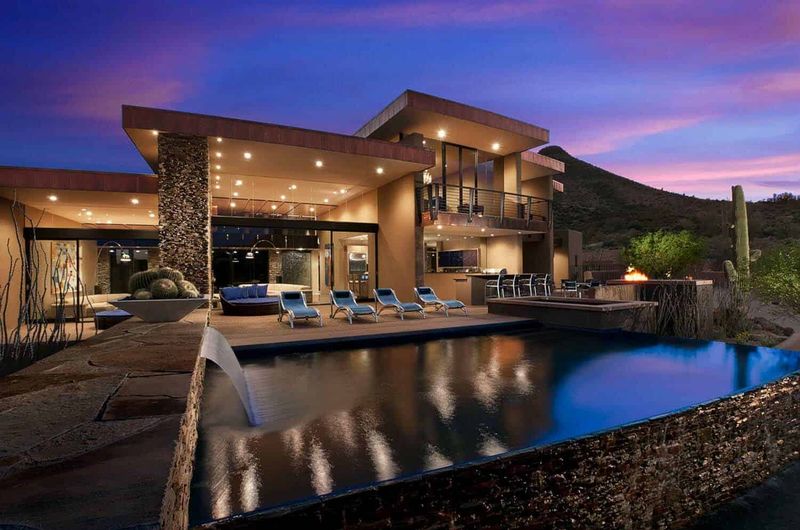
Million-dollar homes nestled in the Sonoran Desert or Hill Country are facing crosswinds. The breathtaking views and exclusive locations continue drawing wealthy out-of-state buyers fleeing high-tax regions.
However, rising insurance costs due to extreme heat and wildfire risks are giving some buyers pause. Properties with sustainable features like solar power and water conservation systems are maintaining their value better than those without.
2. Urban Condos Near Tech Hubs
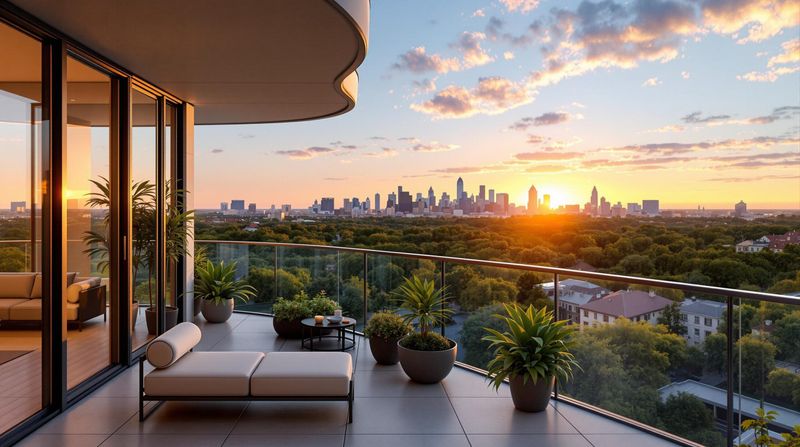
The tech boom in Austin and Phoenix has transformed their downtown condo markets. Young professionals are willing to pay premium prices to live within walking distance of their offices and urban amenities.
Work-from-home flexibility hasn’t diminished this trend as much as predicted. Instead, buyers want the best of both worlds – proximity to work when needed and enough space for a home office. Units with outdoor spaces or community gardens are commanding even higher prices.
3. Water-Adjacent Properties

Lakefront homes in Texas and riverfront properties in Arizona carry both premium appeal and growing risks. The persistent drought conditions across the Southwest are causing water levels to drop dramatically in many lakes and rivers.
Properties on Lake Travis or Lake Powell that once boasted waterfront access now face declining shorelines. Yet demand remains strong, creating a complicated value proposition. Buyers are increasingly requesting water level history reports before committing to these investments.
4. Ranch-Style Homes in Suburban Areas
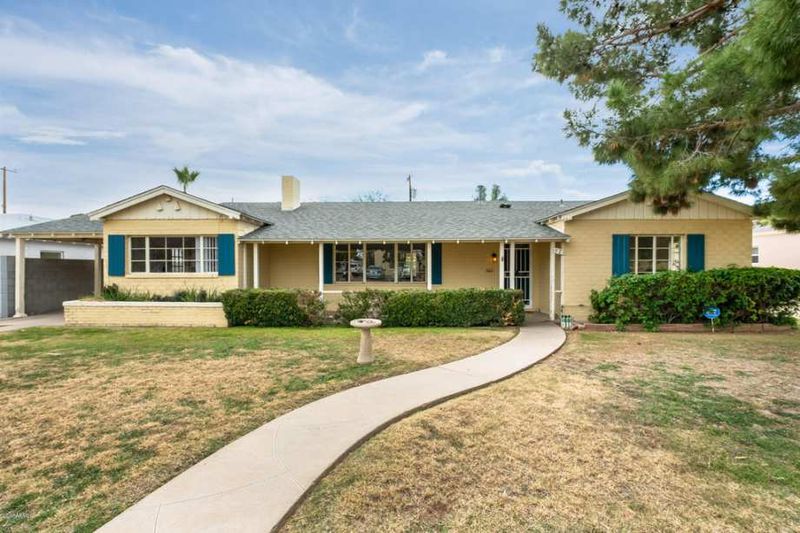
Single-story ranch homes built in the 1960s-80s are experiencing a renaissance in value. Their wide layouts and larger lot sizes appeal to both aging baby boomers who want to avoid stairs and young families seeking more yard space.
The pandemic accelerated this trend as people sought more separation from neighbors. In suburbs of Houston, Dallas, and Phoenix, these once-overlooked properties are now selling faster than comparable two-story homes. Their potential for expansion and modernization makes them particularly attractive to investors.
5. Energy-Efficient New Builds
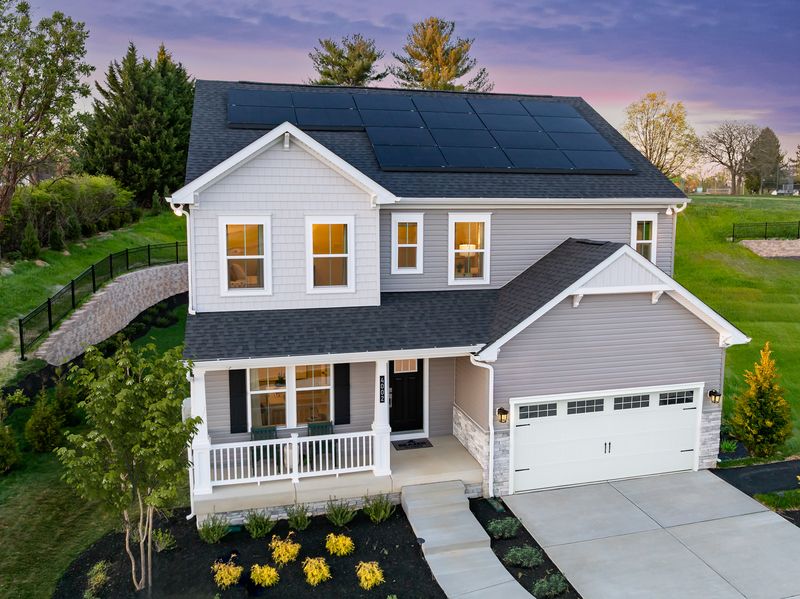
Newly constructed homes with top-tier energy efficiency ratings are commanding significant premiums. The extreme temperatures in Texas and Arizona make utility costs a major concern for homeowners.
Properties with spray foam insulation, energy-efficient windows, and smart climate control systems are seeing their value advantage grow each year. In master-planned communities around San Antonio and Tucson, builders are responding by making these features standard rather than upgrades.
6. Flood-Vulnerable Neighborhoods
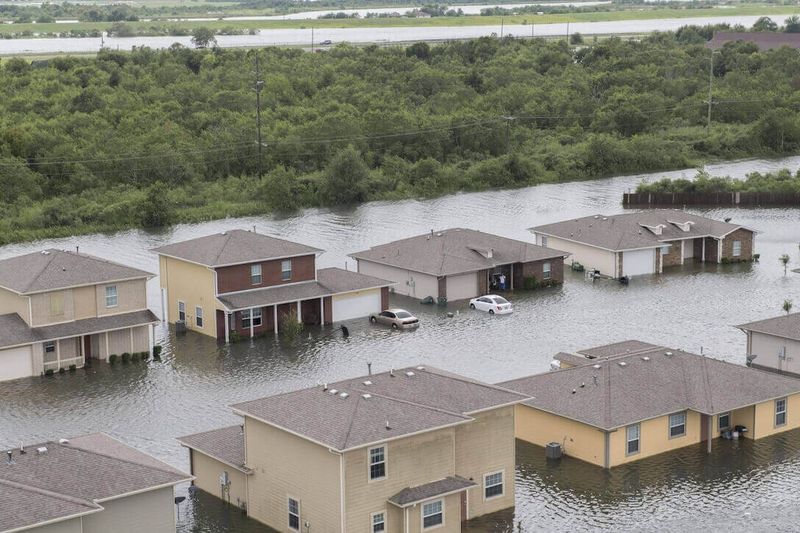
Certain neighborhoods in Houston and low-lying areas of Arizona are facing declining values due to increased flooding risks. Properties that flooded during Hurricane Harvey or recent monsoon seasons carry stigma that’s difficult to shake.
Insurance rates are skyrocketing in these areas, sometimes adding hundreds of dollars to monthly housing costs. Some homeowners are investing in extensive mitigation measures like elevated foundations or comprehensive drainage systems to protect their property values.
7. Historic Homes in Revitalizing Districts
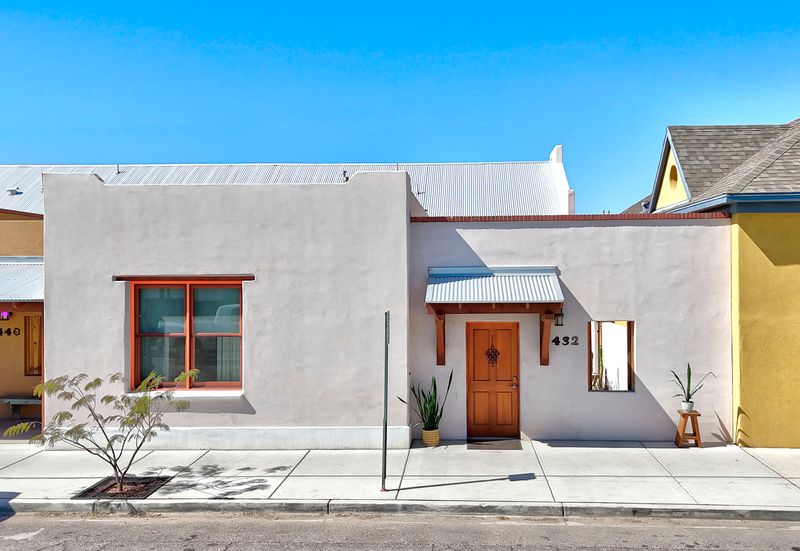
Character-rich historic homes in places like San Antonio’s King William District or Tucson’s Barrio Viejo are becoming hot commodities. Their unique architectural features and walkable locations near revitalized downtown areas attract buyers willing to pay for authenticity.
The limited supply of these properties creates natural value protection. Strict historic preservation rules that once deterred buyers are now seen as safeguarding neighborhood character and investment. Properties that balance historic charm with tasteful modern updates command the highest premiums.
8. Remote Rural Properties
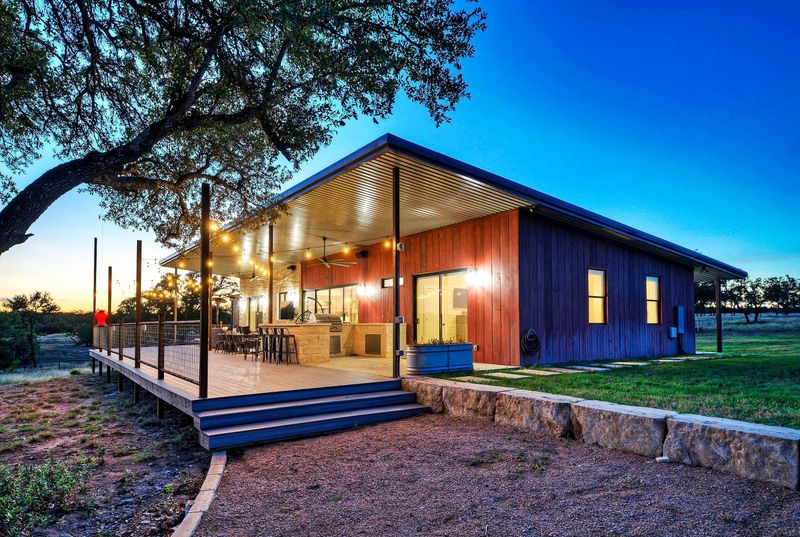
Large-acreage properties in rural parts of both states are experiencing surprising value shifts. The pandemic-driven desire for space and self-sufficiency created unprecedented demand for these once-slow-selling properties.
Homes with reliable internet access, water rights, and sustainable energy options are especially valuable. The ability to work remotely while living off-grid has transformed market dynamics in places like the Texas Hill Country and northern Arizona. Properties with established gardens or orchards command even greater premiums from buyers seeking self-sufficiency.


